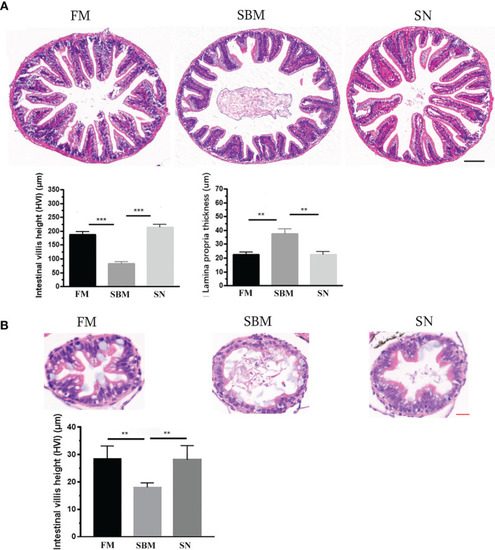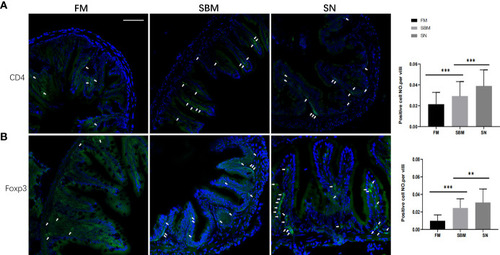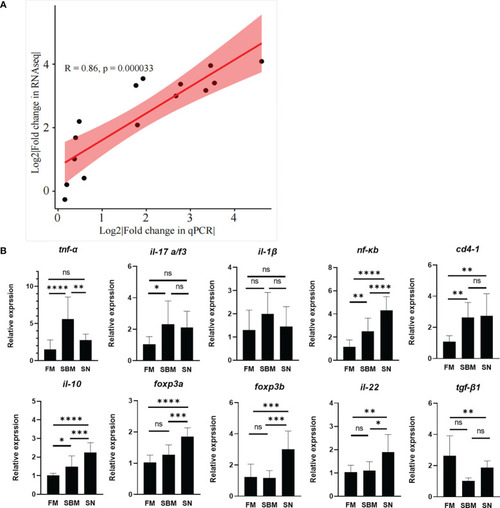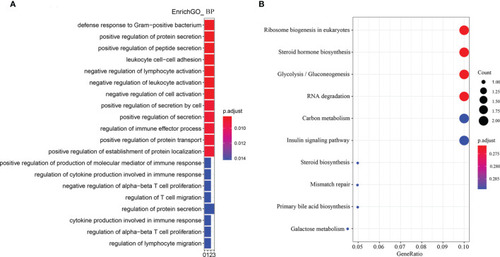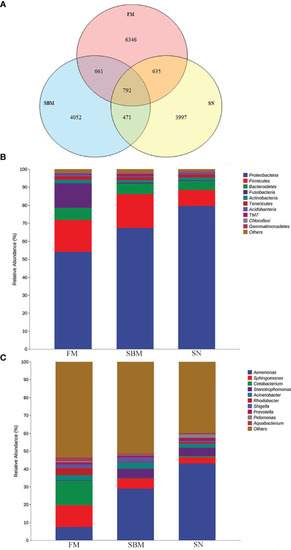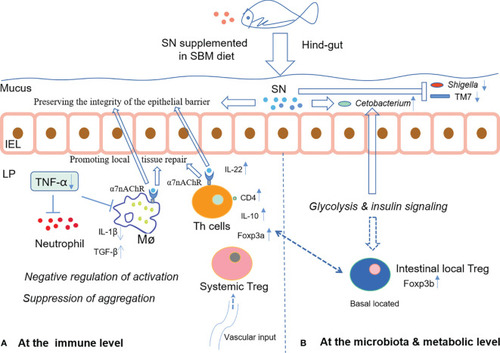- Title
-
Sinomenine Hydrochloride Ameliorates Fish Foodborne Enteritis via α7nAchR-Mediated Anti-Inflammatory Effect Whilst Altering Microbiota Composition
- Authors
- Xie, J., Li, M., Ye, W., Shan, J., Zhao, X., Duan, Y., Liu, Y., Unger, B.H., Cheng, Y., Zhang, W., Wu, N., Xia, X.Q.
- Source
- Full text @ Front Immunol
|
Pathological analysis of sinomenine’s effect on the intestinal mucosal fold. |
|
Lymphocyte-related intestinal protein expression reflected by immunofluorescent signals. CD4+ |
|
qPCR validation. |
|
Enriched GO terms and KEGG pathways for DEGs from the comparison between the SN and SBM groups in the zebrafish SBMIE adult model. |
|
Imaging analysis of immune cells in the hindgut of the zebrafish SBMIE larva model. |
|
Analysis of intestinal microbiota OTU and taxa composition influenced by sinomenine inclusion in zebrafish SBMIE adult model. |
|
The hypothetical mechanism of SN’s α7nAchR-mediated anti-inflammatory effect on the intestinal immune barrier during foodborne enteritis in the fish hindgut |

